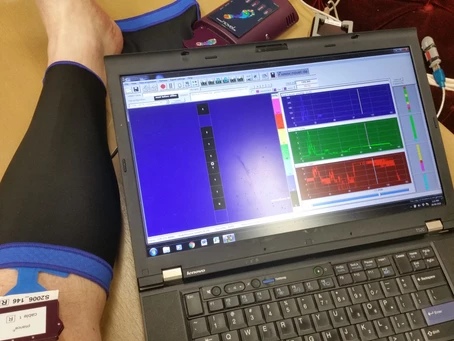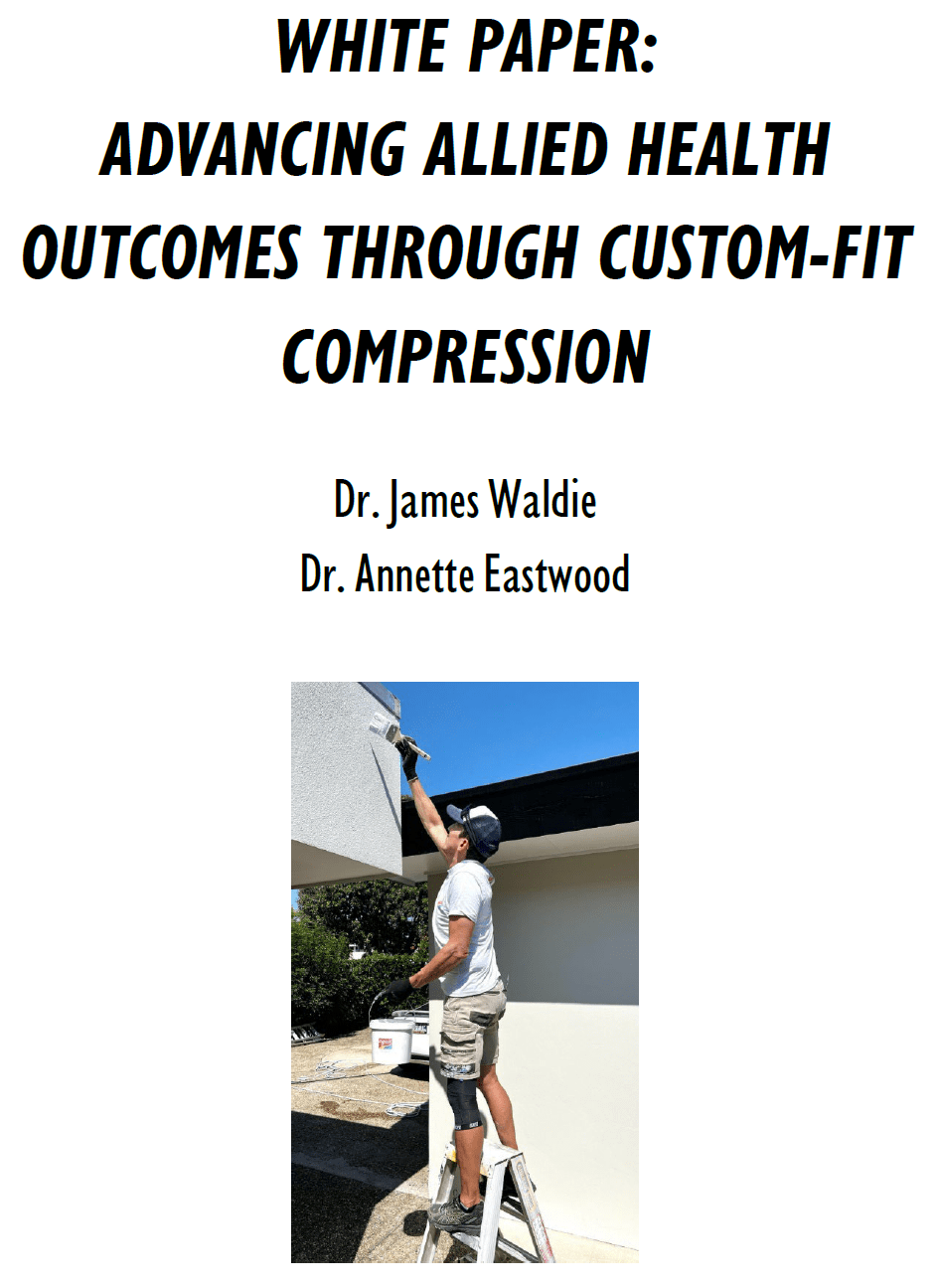Custom fit compression is a new world of compression for elite athletes. Sized specifically to each individual to ensure accurate fit and optimum compression regimes every time.
We take a closer look at an independent study comparing the effects of custom fit v commercial (off the shelf) compression garments on recovery from muscle damage.
TITLE: Custom-Fitted Compression Garments Enhance Recovery From Muscle Damage in Rugby Players.
Brown, F, Jeffries, O, Gissane, C, Howatson, G, van Someren, K, Pedlar, C, Myers, T, and Hill, JA. (2022): J Strength Cond Res. 36(1): 212-219.
Background:
Compression has been shown to enhance recovery of strength and power after exercise induced muscle damage (EIMD). However inconsistent findings have been reported in the literature. This may be due to the variation in pressure applied by commercially available compression garments.
Anthropometric differences between elite athletes have been shown to result in variable pressures when athletes are fitted to commercially available compression garments according to manufacturer’s instructions. As a result, many athletes are not receiving the correct pressure for physiological benefits when commercially available garments are worn.
Aim:
The aim of the study was to evaluate the effects of compression garments applying different pressures on muscular recovery after EIMD in rugby players.
Methods:
- 45 Rugby players completed a muscle damaging protocol consisting of 20x20m sprints with 5m deceleration followed by 100 drop jumps.
- Players were tested for lower body strength, power, and muscle damage pre and at 24 and 48 hours post the muscle damaging protocol.
- During recovery players wore either custom fit, commercial compression or received a sham (ultrasound) treatment as a control.
- Garments were worn immediately post exercise for a 48-hour period.
- Custom fit garments were sized from a 3D scan. Off the shelf garments were fitted according to manufacturer’s instructions.
Results:
- There was a higher level of pressure exerted by custom fit garments compared to commercially available garments at the ankle, thigh and calf.
| Custom Fit | Commercially Available | |
| Garment Pressure Ankle (mm Hg) | 32 ± 3 | 11 ± 5 |
| Garment Pressure Calf (mm Hg) | 24 ± 4 | 10 ± 3 |
| Garment Pressure Thigh (mm Hg) | 19 ± 3 | 7 ± 3 |
- Lower body strength performance after exercise not significantly different from baseline after 24 and 48 hours when custom garments worn, whereas strength performance still impaired when commercially available garments were worn.
- CK levels recovered to normal after 48 hours when custom fit garments were worn, but not when commercially available garments were worn.
- Strength recovery after 48 hrs was ~10% greater with custom fit versus commercially available or sham garments.
- The commercially available garments were no more effective than a sham treatment in facilitating recovery from EIMD.
Summary:
Custom fit compression garments applied higher pressures and were associated with improved recovery from EIMD compared to commercially available compression garments. Therefore, custom fit compression could be beneficial for optimising recovery prior to competition or facilitating recovery from training sessions to allow players to maximise strength and power performance.
Athletes who are seeking to maintain strength following muscle damaging exercise would be advised to use custom fit compression garments to aid recovery.


